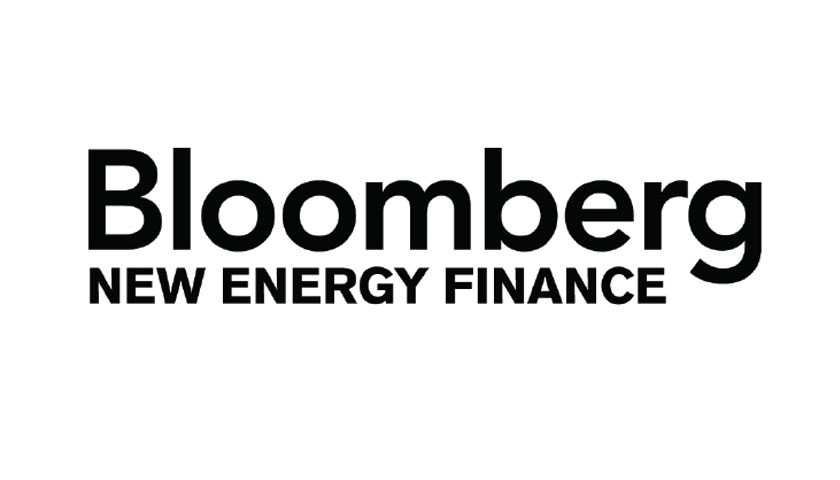World leaders have been building momentum to triple globally installed renewable energy capacity by 2030. This goal, which equates to 11 terawatts of renewables capacity by 2030, took center stage at the United Nations climate summit in the United Arab Emirates as the COP28 Presidency seeks international agreement on it. The proposed pledge matches what is needed for a global net-zero pathway by 2050 and Paris-aligned climate goals, according to analysis published today by research provider BloombergNEF (BNEF).

While the last tripling of capacity happened over 12 years, from 2010 to 2022, the next needs to take eight and will require concerted actions to remove bottlenecks across the world, according to BNEF’s report Tripling Global Renewables by 2030: Hard, Fast and Achievable. BNEF’s forecasts, which reflect expected installations based on current economics, trends, project pipelines and policies, currently fall short of this, despite wind and solar being the cheapest sources of new generation in most countries.
BNEF’s forecast shows that the solar portion of the goal is likely to be achieved, but the required wind build will need concerted action from public and private sector leaders to unlock. Achieving the right mix of technologies is critical. A rapidly decarbonizing world that is overly reliant on solar while tripling renewables capacity will not see the same impact on electricity generation, nor emissions reductions.
“Solar is cheap and easy, and the world could triple capacity using solar alone. But leaving other renewables behind wouldn’t be a good outcome for climate impacts” said BNEF’s solar specialist Jenny Chase, co-author of the report.
This is because wind power generates at different hours of the day from solar, has more output than solar in winter and has a higher capacity factor overall. There are also parts of the world, like Northern Europe, with better wind resources than solar resources.

BloombergNEF’s Net Zero Scenario, which charts a pathway to net-zero emissions by 2050 while keeping global warming well below 2°C, sees renewable energy contributing 62% of all emissions reductions by 2030, compared to a counterfactual no-transition pathway. Electrification of end-use sectors, such as industry and road transport, contributes a further 15% of total carbon abatement.
To get in line with what is needed, the proposed COP28 pledge should remove barriers to access for renewable energy developers, enable competitive auctions and encourage corporate power purchase agreements. Governments also need to invest in grids, simplify permitting procedures for projects, and ensure that power and ancillary services markets function to incentivize a flexible power system that can make use of the new generation.
“Renewables are low-cost, and direct subsidy is no longer what is needed to speed up deployment,” said Meredith Annex, BNEF’s Head of Clean Power and co-author of the report. “Governments and regulators have a limited window of time to help the industry get on track.”
The contributions of individual countries toward the global goal will differ. For markets that were early adopters of renewables, including China, the US and Europe, tripling is the right goal to get on track for net zero. Other regions, particularly those with a smaller renewable base and high levels of demand growth, such as south and southeast Asia, the Middle East and Africa, will need to more than triple capacity by 2030. In these markets, leveraging cheap renewable power is critical not just for the energy transition, but also for expanding energy access to millions. Meanwhile, markets like Brazil, which already have most of their power coming from renewable or low-carbon sources, can contribute less to the global goal. However, integrating additional renewable energy resources will still be critical to further decarbonizing industry, buildings, transport, and agriculture, and to address the final 10-30% of emissions from the electricity sector.
The full report is publicly available at the following link.

